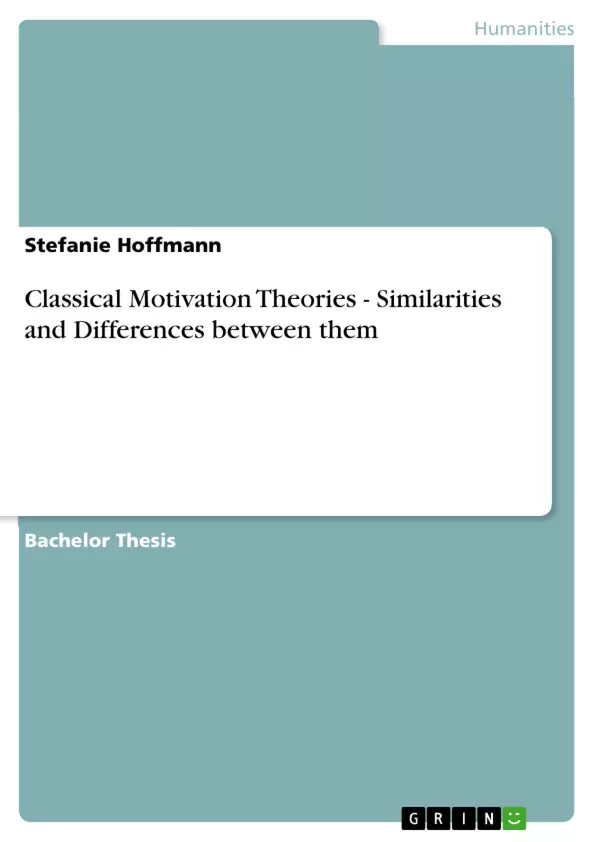Introduction
“We always do what we MOST WANT to do, whether or not we like what we are doing at each instant of our lives. Wanting and liking many times are not the same thing. Many people have done what they say they didn’t want to do at a particular moment. And that may be true until one looks deeper into the motivation behind the doing. What they are really saying is the price they will have to pay or the consequences they will have to endure, for not doing that something may be too high or onerous for them not to do it. Such as going to work. Many people say they don’t want to go to work and yet they do. Which means they don’t want to risk losing their jobs and the negative hurting emotions associated with not having a job. It has been estimated about 90% to 95% of all people work at jobs which are unfulfilling and which they dislike and would leave in a minute if they only knew what they really wanted to do.”
Sidney Madwed
(http://www.quotationspage.com/search.php3?homesearch=motivation accessed on 15.02.2006)
The quotation defines that nowadays motivation should be an indispensable part of every company. It is a complex and difficult topic and therefore management also has to take historical theories into account. Furthermore, it has to be figured out what employees designate as attractive for defining an effective motivation programme within the organisation.
This dissertation will critically evaluate what motivation is and illustrate the different kinds of motivation theories of Abraham Maslow, Frederick Herzberg and Clayton P. Alderfer by explaining the key concepts for managing and motivating people. Due to the fact that motivation, especially employee motivation, is such a broad topic the dissertation will put a specific focus on the similarities and differences between the classical motivation theories.
Table of Contents
- Introduction
- Methodology
- Secondary Data Collection
- Primary Data Collection
- What is motivation?
- Why is motivation so important in management?
- Motivation theories
- Abraham Maslow - Hierarchy of human needs
- Frederick Herzberg - Two factor theory
- Clayton P. Alderfer - ERG-theory
- Similarities and differences between the motivation theories
- Conclusion
Objectives and Key Themes
This dissertation critically evaluates the concept of motivation and explores the different motivation theories of Abraham Maslow, Frederick Herzberg, and Clayton P. Alderfer, highlighting their key concepts for managing and motivating people. The focus is on the similarities and differences between these classical motivation theories.
- Defining the concept of motivation
- Exploring the importance of motivation in management
- Analyzing classical motivation theories from Maslow, Herzberg, and Alderfer
- Identifying similarities and differences between the motivation theories
- Providing insights into managing and motivating employees
Chapter Summaries
- Introduction: This chapter defines motivation and its importance in the modern workplace. It emphasizes the need for effective motivation strategies in companies.
- Methodology: This chapter outlines the research methods employed in the dissertation, including secondary and primary data collection.
- What is motivation?: This chapter provides a detailed definition of motivation, explaining its role in individual behavior and performance.
- Why is motivation so important in management?: This chapter explores the importance of motivation for managers, highlighting its impact on employee engagement, productivity, and overall organizational success.
- Motivation theories: This chapter introduces the key motivation theories of Maslow, Herzberg, and Alderfer, outlining their main concepts and principles.
- Abraham Maslow - Hierarchy of human needs: This chapter explains Maslow's hierarchy of needs theory, detailing the different levels of needs and their role in motivating individuals.
- Frederick Herzberg - Two factor theory: This chapter delves into Herzberg's two-factor theory, analyzing the concepts of hygiene factors and motivators and their influence on job satisfaction and dissatisfaction.
- Clayton P. Alderfer - ERG-theory: This chapter explores Alderfer's ERG theory, which focuses on the three fundamental needs of existence, relatedness, and growth and their impact on motivation.
- Similarities and differences between the motivation theories: This chapter compares and contrasts the different motivation theories, highlighting their similarities and differences in understanding human motivation.
Keywords
The key focus topics of this dissertation include motivation, management, employee motivation, classical motivation theories, Maslow's hierarchy of needs, Herzberg's two-factor theory, Alderfer's ERG theory, similarities and differences between motivation theories, and managing and motivating employees.
- Quote paper
- Stefanie Hoffmann (Author), 2006, Classical Motivation Theories - Similarities and Differences between them, Munich, GRIN Verlag, https://www.grin.com/document/72464



